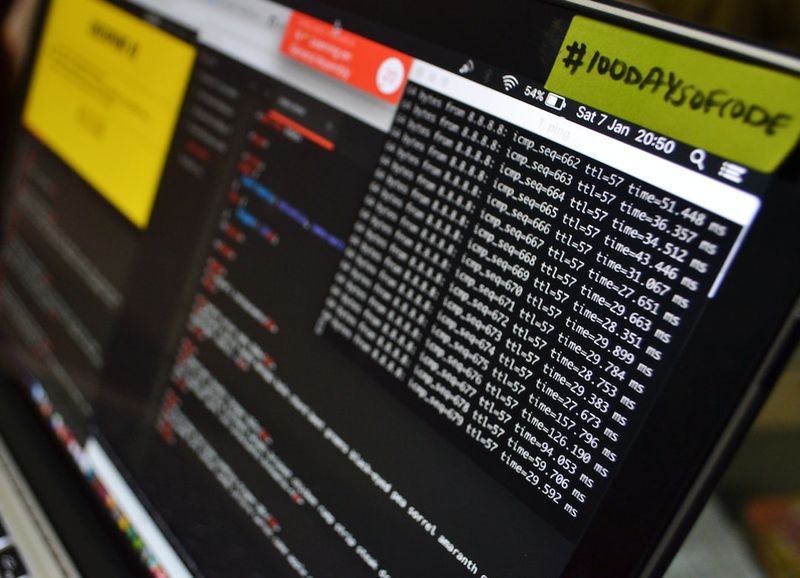Data Breaches: European Telecommunications Standards Institute Discloses Data Breach
The European Telecommunications Standards Institute (ETSI) recently announced that it had experienced a data breach. The breach occurred as a result of a cyberattack on its member portal. ETSI is an independent organization that supports the development and testing of technical standards in the fields of information and communication. It has over 900 member organizations from across the globe.
The Breach and Response
According to ETSI, hackers were able to breach the IT system dedicated to its members’ work and exfiltrate a database containing the list of online users. ETSI has been working with the French National Cybersecurity Agency (ANSSI) to investigate the incident and has taken steps to fix the vulnerability that led to the breach and strengthen its IT security procedures.
As a precautionary measure, ETSI has prompted all its online users to reset their passwords. However, it is unclear whether user credentials were stored in the stolen database. ETSI has also launched a law enforcement investigation and reported the incident to the French data protection authority (CNIL) as required by regulations.
Transparency and Security
ETSI Director-General Luis Jorge Romero emphasized the importance of transparency in ETSI’s governance and technical work. He expressed gratitude for the knowledge and advice provided by the experts from ANSSI, who helped determine the necessary remedial actions and strengthen the organization’s system security.
Internet Security Concerns
This data breach highlights the ongoing challenges organizations face in ensuring the security of their online systems and protecting user information. It serves as a reminder of the constant threat posed by hackers and the need for robust cybersecurity measures.
Oftentimes, organizations may not even be aware of vulnerabilities in their systems until a breach occurs. It is crucial for organizations to regularly assess their security protocols and collaborate with cybersecurity experts to identify and address potential weaknesses.
One potential area of concern is password security. While ETSI has prompted its users to reset their passwords, it is unclear how securely those passwords were stored in the first place. Passwords should always be stored using strong encryption and salted hashing techniques to ensure their confidentiality.
Philosophical Discussion: Balancing Transparency and Security
The ETSI data breach also raises important philosophical questions about the balance between transparency and security. ETSI’s commitment to transparency has led them to disclose the incident and work closely with authorities to investigate and remediate the breach. However, the breach itself demonstrates the potential risks posed by transparency when it comes to sensitive data.
Organizations must navigate the delicate balance between transparency, which is crucial for maintaining public trust, and the security and privacy of user data. It is essential for organizations to not only focus on transparency in their external communications but also prioritize the internal security measures necessary to protect user data.
Editorial: Lessons Learned and Advice
The ETSI data breach serves as a wake-up call for organizations to reassess their cybersecurity practices. In the face of ever-evolving cyber threats, it is imperative that organizations take proactive measures to protect their systems and user data.
Here are some key lessons learned from the ETSI data breach:
Regular Cybersecurity Assessments and Updates
Organizations should conduct regular cybersecurity assessments to identify vulnerabilities and address them promptly. This includes regularly updating software and systems with the latest security patches and fixes. Ongoing monitoring and testing can help detect any potential weaknesses before they can be exploited by hackers.
Strong Password Practices
Password security should be a top priority for organizations. Implementing strict password policies and educating users about password best practices can help prevent unauthorized access. Additionally, organizations should store passwords using strong encryption and salted hashing techniques to protect them from being easily compromised in the event of a breach.
Collaboration with Cybersecurity Experts
Organizations should collaborate with cybersecurity experts to stay updated on the latest threats and security practices. These experts can provide guidance on implementing robust security measures and help organizations bolster their defenses against potential breaches.
Balancing Transparency and Security
Organizations should carefully balance the need for transparency with the security and privacy of user data. While transparency is important for maintaining public trust, organizations must ensure that their internal security measures are robust enough to protect sensitive information. This includes carefully assessing what information should be made public and implementing stringent access controls to prevent unauthorized access to sensitive data.
In conclusion, the ETSI data breach serves as a reminder of the constant threat posed by cyberattacks and the need for organizations to prioritize cybersecurity. By conducting regular assessments, implementing strong password practices, collaborating with cybersecurity experts, and carefully balancing transparency and security, organizations can reduce the risk of data breaches and protect user information.

<< photo by cottonbro studio >>
The image is for illustrative purposes only and does not depict the actual situation.
You might want to read !
- New Frontiers in Securing Payments: Navigating the Complexities of Cybersecurity
- The Hidden Threat: Unpatched Exim Vulnerabilities Put Mail Servers at Risk
- The Rise of SaaS and Cloud Computing: Unveiling the Scattered Spider’s Lucrative Transformation
- Silent Skimmer: The Expanding Threat of Web Skimming Attacks on Online Payment Companies
- The Hidden Dangers of APIs: Unveiling the Unknown Risks of Data Sharing
- Battling Dark Espionage: Unveiling a Rare iOS Exploit Chain Targeting Egyptian Organizations
- Proactive Security: Revolutionizing Enterprise Security Strategies
- “A Blueprint for Overcoming Africa’s Cybersecurity Skills Gap”
- The Secrets to Running an Effective SOC: Insights from Three CISOs




